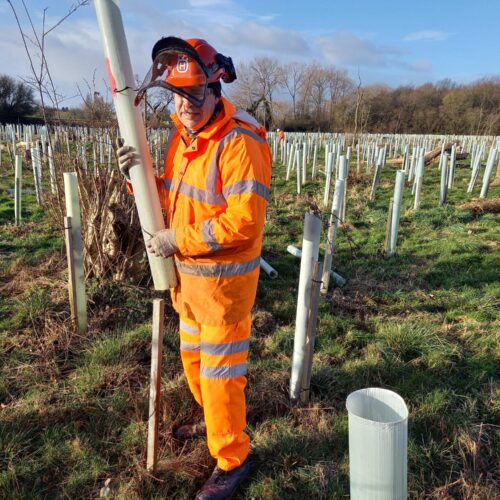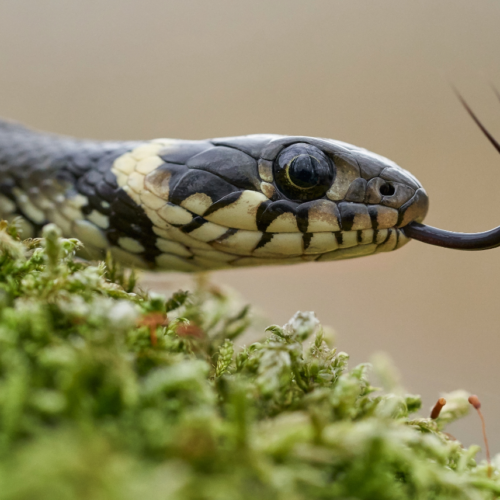From housing developments to schools, community centres and everything else in between, Japanese Knotweed (fallopia japonica) – once regarded as an ornate plant – is causing around £166m of damage to properties and sites every year, and it’s not going away.
It can be a real pain for lots of establishments, as it can grow at a rate of more than a yard per week, with roots typically extending down to three meters and, in certain circumstances, spreading out to seven meters from the edge of a stand, if obstructed by concrete pads. It’s expensive to get rid of and there’s a lot of it in the UK.
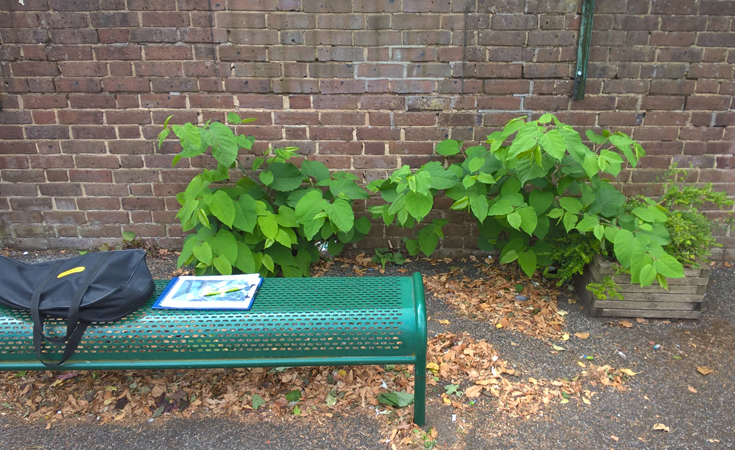
However, it can be destroyed, but it takes a careful process to do so, so as not to leave any traces behind, and encourage it’s return. At Thomson Habitats we deal with many cases of Japanese knotweed, and other non native invasive species, on large scale developments right through to primary schools and private houses.
Here are some of the recent Japanese knotweed jobs that the team have been taking on and tackling, with results.
Housing development, Wellingborough
We have been involved with Japanese knotweed remediation on a site in Wellingborough, Northamptonshire since March 2015. The works have included construction of a new access road in to what will be a large housing development.
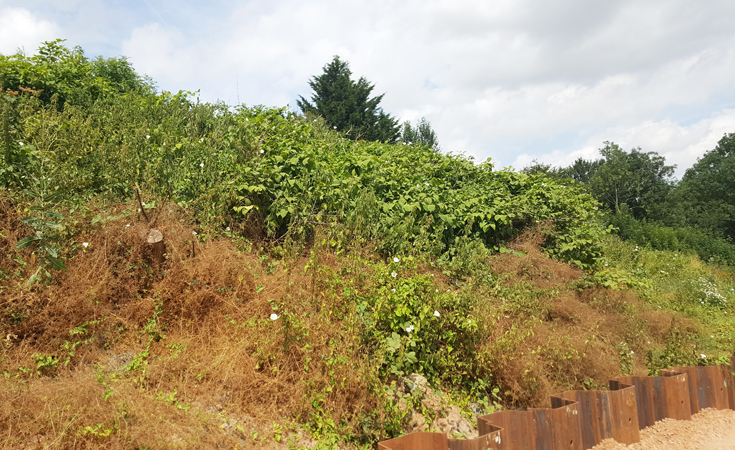
In 2015 we excavated and moved two very large stands of Japanese knotweed – including the contaminated soil beneath the stands containing roots and rhizomes (a continuously growing horizontal underground stem which puts out lateral shoots). This removal helped to protect a construction footprint.
Over 12,000 tonnes of contaminated soil was moved to a stockpile in a more convenient location. The soil was set on top of root barrier membrane to prevent any growth of Japanese knotweed fragments into the ground beneath, and future spray regimes were planned for the stockpile to treat regrowth on the surface.
This summer, Thomson have since returned to the site to excavate and move a third stand, which was previously inaccessible. Concerns were raised around subsidence and property damage as a result of any excavation, as the bank upon which the Japanese knotweed was situated may have been made unstable by further excavation.
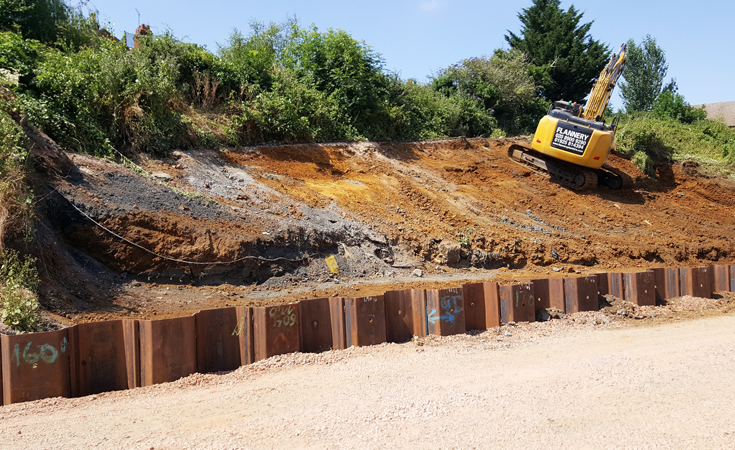
The bank was firstly secured and an access platform up to the Japanese knotweed was constructed. We were then able to excavate, transport and add it to the same stockpiles as were constructed in 2015.
Primary school, north London
The habitats team are currently working on a Japanese Knotweed Remediation Strategy for a primary school in north London. When carrying out an initial site survey a few weeks ago, a small batch was found growing between the playground tarmac floor and a boundary wall neighbouring a church community centre.
Upon finding this, a thorough site inspection was undertaken to ensure that there were no further signs of Japanese knotweed or any other non native invasive species. We provided options for both spraying and injection and for the physical removal of the Japanese knotweed excavation.
The school then called a pre-start up meeting at which we attended along with representatives from the local borough council, a contracting company and the school itself.
After walking around the location, a decision was made to opt for the spraying method for eradication, which starts this summer but will take approximately three years to complete, with annual visits to the site for progress inspection.
How we can help you
Does your site, school, centre or house have a problem with Japanese knotweed or any other non native invasive species? As licensed experts in the removal of such vegetation, we can help you to overcome the problem in a cost effective, efficient way. Contact us today to discuss your requirements.




